Oxbow Animal Health Timothy Meadow Hay Small Animal Treat, 9 lb.
Farm-fresh and full of goodness. The Oxbow Animal Health Timothy Meadow Hay is a flavorful, enriching combination of premium grass hays – fresh from Oxbow’s family of farms. All Oxbow hays are hand-selected and hand-sorted, ensuring that your pet receives the very best that Mother Nature has to offer.
Farm-fresh and full of goodness. The Oxbow Animal Health Timothy Meadow Hay is a flavorful, enriching combination of premium grass hays – fresh from Oxbow’s family of farms. All Oxbow hays are hand-selected and hand-sorted, ensuring that your pet receives the very best that Mother Nature has to offer.
- Meadow hay provides an enriching combination of tastes and textures
- High fiber for optimum digestion
- Hand-selected and hand-sorted
- Timothy hay provides variety that helps prevent picky eating
- No artificial colors, flavors, or preservatives
Additional information
| Country of Origin | Made in USA |
|---|---|
| Food Product Form | Hay |
| Hay Type | Timothy |
| Health Features | Digestion Support |
| Life Stages | All Life Stages |
| Packaged Height | 17 in. |
| Packaged Length | 10 in. |
| Packaged Weight | 10.75 lb. |
| Packaged Width | 16.5 in. |
| Package Weight | 9 lb. |
| Special Diets | Preservative Free |
| Manufacturer Part Number | 11101 |


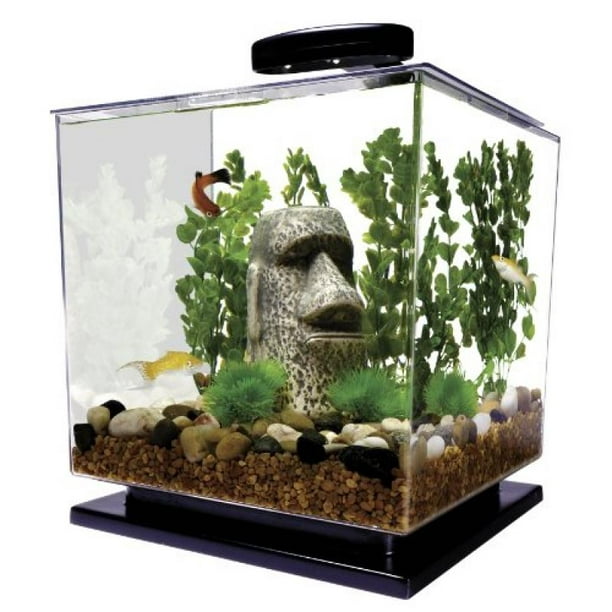
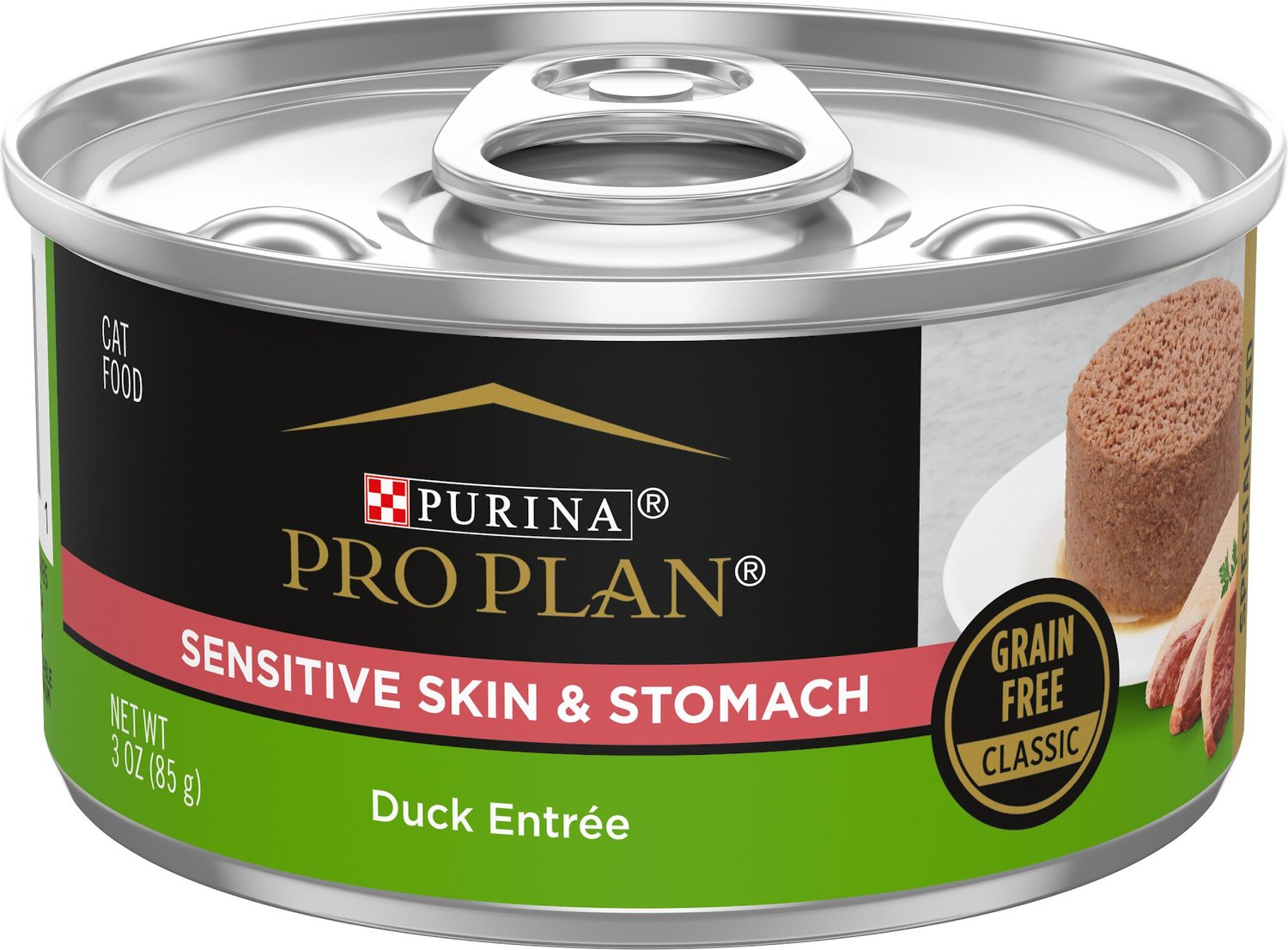

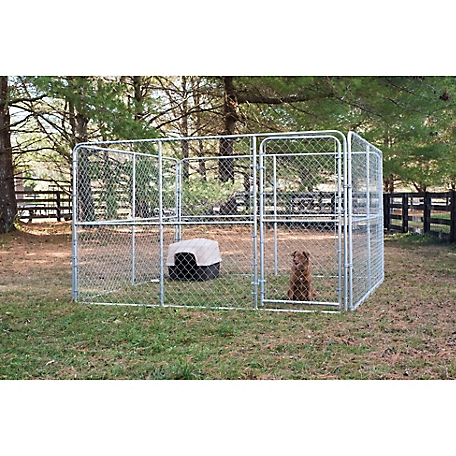

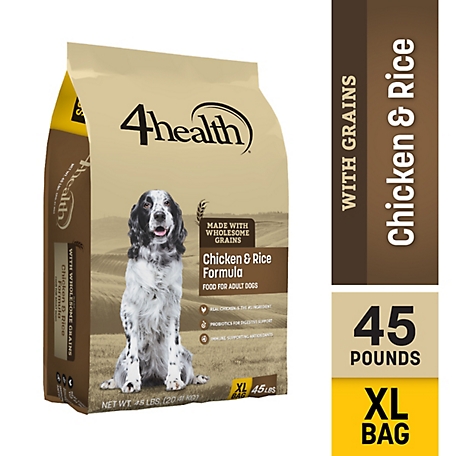
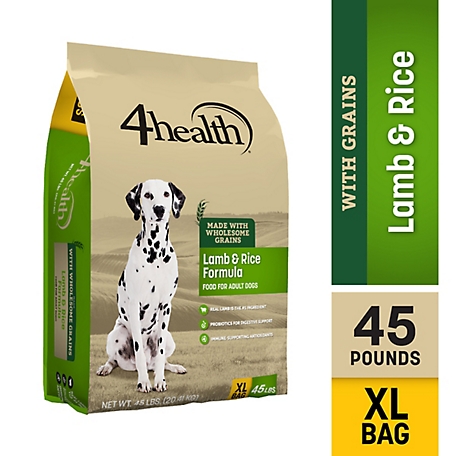

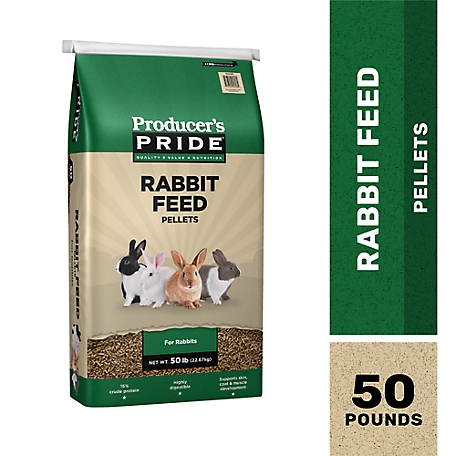

by Jessica
This is a solid package of hay!
by Stacy
I have used this for both my rabbit & now my Guinea pigs. Very affordable. Great product.
by Annie
Great hay boxed nicely.
by Warren
Great item bunnies love it!